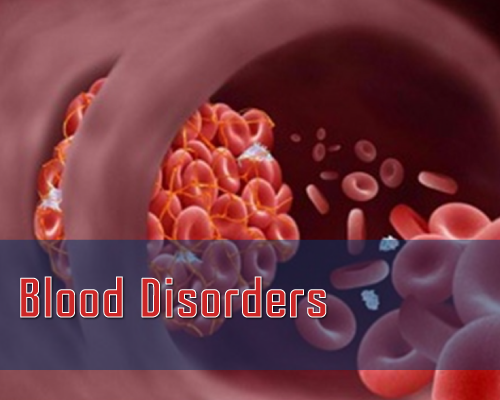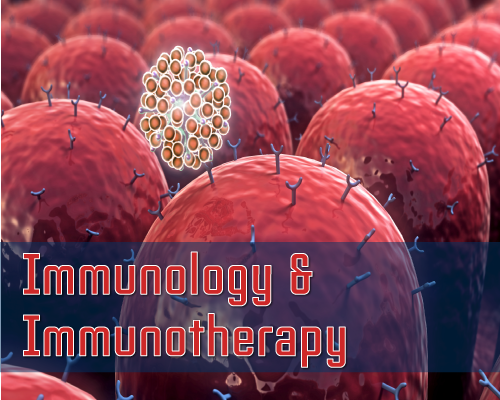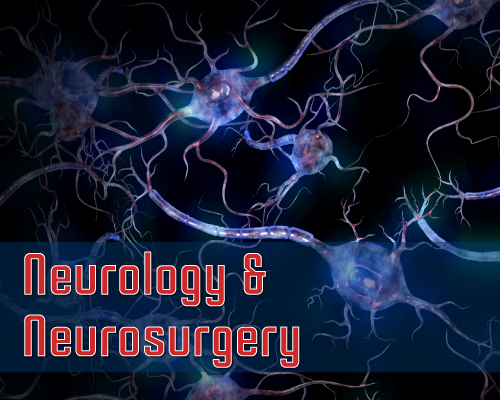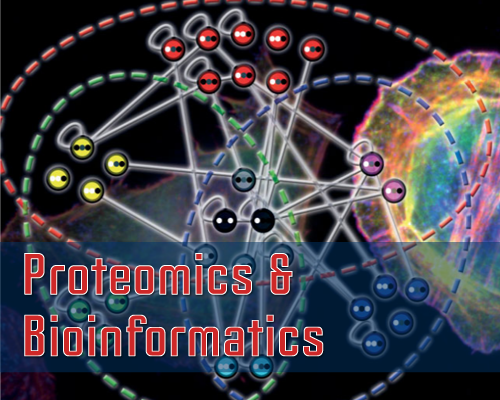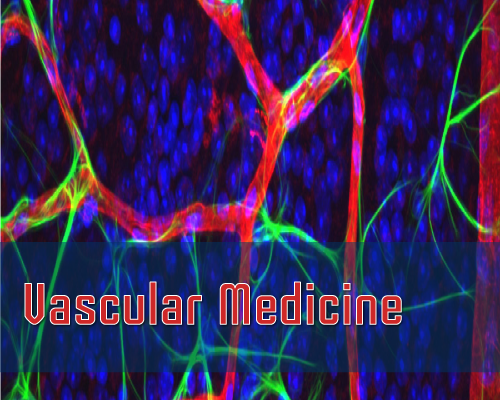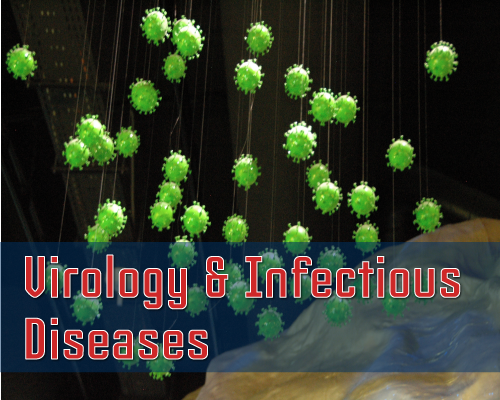Volume 2 Issue 1
Truchuelo MT*, Vitale MA, Bettoli V and Estebaranz JL
Acne vulgaris is a common chronic skin disease involving blockage and/or inflammation of pilosebaceous units. Acne can present as non-inflammatory lesions, inflammatory lesions, or a mixture of both, affecting mostly the face but also the back and chest. Variable rates of relapse after oral isotretinoin treatment have been published. This could be explained by different reasons; one of them is the lack of consensus about the definition of acne relapse after treatment. The objective of this review is to summarize all the different definitions of acne relapse proposed in the literature, in order to find a more reproducible and consistent characterization. This may become a useful tool that allows to compare the results obtained in future studies performed on acne relapses. As acne vulgaris is a dynamic entity that is notoriously difficult to assess over time, quantitative scales would be more indicated to evaluate its severity. In addition, the relapses after treatment are in correlation with the maintenance treatment phase. In this review, we also discuss the concepts of acute and maintenance phase of acne treatment. As the maintenance phase of treatment is a more recent concept, we consider necessary to review the features of this phase such as implantation time, treatment type, duration and efficacy. More studies, with a standardized relapse definition, are needed in order to determine efficacy rates and optimal duration of this phase. In conclusion, this review aims to highlight the need for a valid and reliable definition of acne relapse, especially for its use in research, but also highly valuable in daily clinical practice.
Cite this Article: Truchuelo MT, Vitale MA, Bettoli V, Estebaranz JL. Acne Relapses and Maintenance Therapy: an Update on Definition and Prevention. Sci J Clin Res Dermatol. 2017;2(1): 018-027.
Published: 03 July 2017
Anne M. Seidler, Daniel I. Wasserman, Yana Turkowski*, Aldo Gonzalez Serva and Nellie Konnikov
Our case describes an unusual presentation of dermatomyositis in a patient with ovarian carcinoma. The eruption appeared as a venous stasis like dermatitis. The temporal sequence of onset after chemotherapy administration suggested a possible drug-induced process. However, in the context of underlying ovarian carcinoma, a paraneoplastic process offered an alternative explanation for dermatomyositis.
Cite this Article: Seidler AM, Wasserman DI, Turkowski Y, Serva AG, Konnikov N. Unusual Presentation of Amyopathic Dermatomyositis. Sci J Clin Res Dermatol. 2017;2(1): 014-017.
Published: 10 June 2017
Jani AJ. van Loghem*
Introduction: Labia minora that protrude past the labia majora are aesthetically unsatisfactory to some women. Patient preference is for minimally invasive procedures with little or no downtime and minimal scarring. Fat grafts and crosslinked hyaluronic acid have been used to treat the labia majora and mons pubis for aesthetic improvement of the external female genitalia. Here, the author describes a simple and effective technique for addressing hypotrophic labia majora by injecting diluted Calcium Hydroxylapatite (CaHA).
Cite this Article: van Loghem JAJ. Use of Calcium Hydroxylapatite for Augmentation of the Labia Majora and Mons Pubis. Sci J Clin Res Dermatol. 2017;2(1): 010-013.
Published: 04 April 2017
Case Report: Importance of Measures against Staphylococcus aureus in Atopic Dermatitis as a Superantigen Disease
Kazuo Sugimoto*, Takamichi Hattori, Yoshio Kitsukawa, Akiyo Aotsuka, Takeshi Wada, Hitoshi Kubosawa and Shoichi Ito
Patients with AD showed high incidence of duodenitis and cervical spine as a disorder other than skin. We experienced many cases where treatment resulted in improvement of eruptions of AD and other disorders other than skin were alleviated. We also experienced patients with AD with duodenitis normalized by repeated testing. In the same case of AD, many disorders of the organs of the duodenum and the cervical spine were observed. The toxin produced by S. aureus detected from the skin of patients with AD was high rate.
Cite this Article: Sugimoto K, Hattori T, Kitsukawa Y, Aotsuka A, Wada T, et al. Importance of Measures against Staphylococcus aureus in Atopic Dermatitis as a Superantigen Disease. Sci J Clin Res Dermatol. 2017;2(1): 007-009.
Published: 04 March 2017
Rabia Bozdogan Arpaci*, Tuba Kara, Yasemin Yuyucu Karabulut, Didar Gursoy, Yalcin Polat, Gulhan Orekici, Umit Tursen
Objective: Systemic Sclerosis (SSc) is primarily characterized by autoimmunity, Microangiopathy, and tissue fibrosis. Hypoxia, a powerful stimulator of Vascular Endothelial Growth Factor (VEGF), may be responsible for excessive expression of chronic VEGF in SSc. The oxygen-regulated a-subunit of hypoxia-inducible transcription factor-1 (HIF-1a) plays an important role in transcriptional regulation of VEGF. The protein phosphatase and tension homolog (PTEN) is responsible for dephosphorylation of proteins and thereby promotes tissue repair.
The present study aimed to examine the expressions of HIF-1a, PTEN, and VEGF in patients with scleroderma in an attempt to estimate prognosis and guide therapeutic decisions. We therefore studied the expressions of HIF-1 a, VEGF, and PTEN in skin samples exhibiting the features of scleroderma.
Methods: Skin biopsies of patients were obtained and samples were stained with primary antibodies following PTEN, VEGF and HIF-1a, immunohistochemically.
Results: The SSc and the control group were compared with respect to staining of epidermal keratinocytes, fibroblasts, and the endothelial cells for the antibodies. SSc patients displayed a reduced VEGF expression in endothelial cells. The lesion group showed a significantly lower staining of epidermal cells and endothelial cells for PTEN. SSC group was also characterized by a significantly weaker HIF-1a expression compared to the control group.
Conclusion: In scleroderma skin samples, manipulated expression of these molecules at varying stages of the disease may affect the prognosis of scleroderma.
Cite this Article: Arpaci RB, Kara T, Karabulut YY, Gursoy D, Polat Y, et al. Sclerodermatous Skin: An Immunohistochemical Study. Sci J Clin Res Dermatol. 2017;2(1): 001-006.
Published: 22 February 2017
Authors submit all Proposals and manuscripts via Electronic Form!


